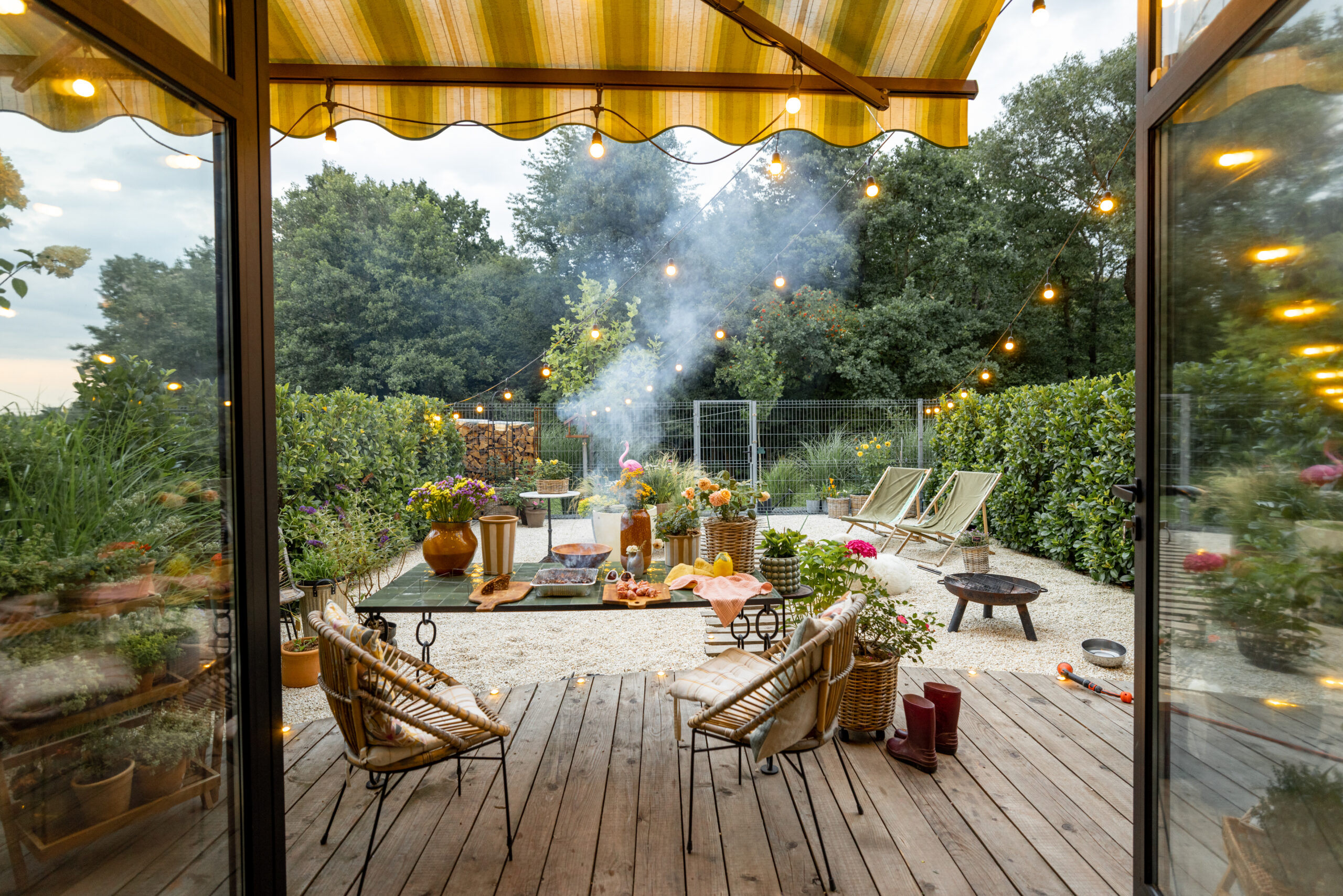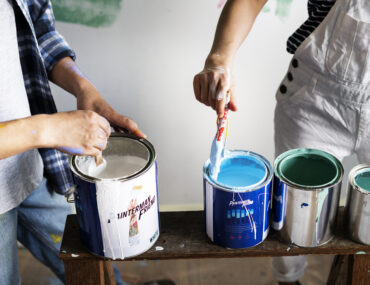When it comes to creating a cozy outdoor space, selecting the right material is essential. Your backyard furniture not only adds functionality but also contributes to the overall aesthetics of your outdoor oasis. With the myriad of options available, it can be overwhelming to make the right choice. Let’s explore in detail the various materials commonly used for backyard furniture and their pros and cons.
Wooden Furniture
Wooden furniture offers a timeless charm and natural appeal to any backyard setting. Cedar, teak, and eucalyptus are popular choices due to their durability and resistance to insects and decay. Teak, in particular, is renowned for its ability to withstand extreme weather conditions without warping or cracking. While wooden furniture requires periodic maintenance such as sealing or staining to preserve its appearance and longevity, the rich patina it develops over time adds to its allure.
Metal Furniture
Metal furniture, including aluminum, wrought iron, and steel, is prized for its durability and sleek appearance. Aluminum furniture is lightweight, rust-resistant, and requires minimal upkeep, making it ideal for outdoor use. Wrought iron furniture exudes elegance and charm, but it may require occasional repainting to prevent rust. Steel furniture is robust and can withstand heavy use, but it may be susceptible to rust if not properly treated. Powder-coated finishes help protect metal furniture from the elements and enhance its longevity.
Wicker/Rattan Furniture
Wicker and rattan furniture lend a relaxed and inviting atmosphere to outdoor spaces. Made from natural materials such as bamboo, rattan, or synthetic fibers, wicker furniture is lightweight, breathable, and easy to maintain. However, it is best suited for covered or semi-covered areas as prolonged exposure to sunlight and moisture can cause it to fade or deteriorate over time.Regular cleaning and occasional re-coating with protective sealants can help prolong the lifespan of wicker furniture.
Plastic/Resin Furniture
Plastic or resin furniture is a budget-friendly and low-maintenance option for outdoor seating. Made from synthetic materials, such as polyethylene or PVC, plastic furniture is lightweight, weather-resistant, and available in a wide range of colours and designs. While plastic furniture may lack the natural aesthetic of wood and metal, it is highly durable and easy to clean with soap and water. However, prolonged exposure to sunlight may cause plastic to fade or become brittle over time.
Composite Furniture
Composite furniture combines the benefits of natural materials and synthetic polymers to create durable and weather-resistant outdoor seating options. Composed of a blend of wood fiber and recycled plastics, composite furniture offers the look and feel of real wood without the maintenance requirements. It is resistant to rot, decay, and insect damage, making it an ideal choice for outdoor use. Additionally composite furniture is available in a variety of finishes and styles to suit any outdoor decor.
Concrete Furniture
Concrete furniture is a modern and minimalist option for outdoor seating and dining. Constructed from reinforced concrete or lightweight concrete blends, concrete furniture is sturdy, weather-resistant, and virtually maintenance-free. While it may lack the warmth and comfort of other materials, concrete furniture adds a contemporary flair to outdoor spaces. With proper sealing and occasional cleaning, concrete furniture can withstand the elements and retain its aesthetic appeal for years to come.
Selecting the best material for your backyard furniture depends on your personal preferences, budget, and the specific requirements of your outdoor space. Whether you prefer the natural charm of wood, the durability of metal, or the versatility of synthetic materials, there is a wide range of options available to suit every style and need. By carefully considering the pros and cons of each material, you can create a comfortable and inviting outdoor retreat that you’ll enjoy for years to come.



